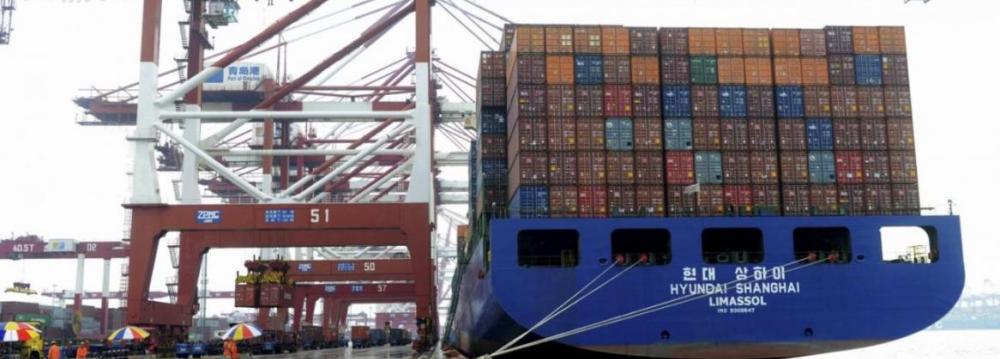The director of the International Monetary Fund Christine Lagarde has said China’s economic growth model was going through a legitimate transition.
Lagarde made the remarks in an interview with Xinhua over the weekend during her three-day visit to Cameroon that began on Jan. 7.
“The Chinese economy is going through a crucial and legitimate transition period, moving from very high levels of growth to more stable levels,” Lagarde said.
Asked whether Africa should be concerned about the recent stagnation in China, as the latter was Africa’s leading commercial partner, the IMF chief said there should be no anxiety in Africa.
“China will remain the second largest economy in the world after the US. Its economy will continue to grow next year, meaning that it will continue buying raw materials,” she said, but noted that China may not reach growth levels of between 10 to 12%.
“China has consumed a lot of raw materials and ordered more materials from producing countries. These orders will reduce since the consumption of raw materials by the Chinese economy will equally reduce. Definitely, this will impact China’s investment volume in producing countries, but this will not mean that China will not remain the biggest client for countries producing raw materials,” she affirmed.
Some Turbulence Expected
With regards to China’s recent readjustments of its economic policy, especially on exchange rates, Lagarde noted that given the transition period China’s economy is going through, some turbulence should be expected.
The IMF boss welcomed the recent announcement by Chinese President Xi Jinping that his country will give Africa $60 billion in the next three years to support development projects.
“That one of the two largest economies in the world wants to work with the entire international community to create new partnerships and go beyond its natural geographic zone, is something that is welcome,” she concluded.
Currency, Equity Woes
China is facing a sharpening dilemma between a perceived need to keep interest rates low to help the economy manage its debt burden, and downward pressure on the Chinese yuan and foreign reserves, IIFL quoted Fitch Ratings report as saying.
The authorities have reduced interest rates steadily since November 2014 in a bid to help the economy manage its debt burden–which is high and still rising–at a time of slowing growth. However, lower rates are helping to drive capital outflows, weakening the yuan.
The yuan has depreciated by just under 6% versus the US dollar since the authorities began to allow the unit to weaken in mid-August 2015. The December 11 decision by the People’s Bank of China to measure the yuan against a broader basket of currencies and not just the US dollar could also contribute to further yuan/US dollar weakness. China’s official foreign reserves have fallen by 8.8% ($321 billion) since August as the authorities have sought to blunt the depreciation.
Capital Outflows
Fitch estimates capital outflows, excluding foreign direct investment, to have totaled $909 billion between 2Q14 and 3Q15, and are likely to have exceeded $1 trillion as of end-2015.
The onset of sustained capital outflow from China may be linked with the intensification of the authorities’ anti-corruption campaign. However, the pattern of flows may also be connected with the narrowing pick-up in yield on yuan assets versus the dollar, as Chinese rates have fallen while those in the US have begun to rise.
The spread on two-year government paper between China and the US has narrowed from 340 basic points in July-August 2014 to just 150bp in December 2015. This is mostly due to the cuts in Chinese interest rates, but US two-year rates have also risen by about 50bp over the same period as the Fed embarked on its first interest-rate hike in nine years in December.
Lower domestic rates are targeted partly at helping to deal with the high and rising debt. The officially reported stock of aggregate financing, excluding equity raising, rose to 196% of GDP by end-September 2015, up from 187% at end-2014.
The aggregate financing growth rate has slowed over that period to about 12.5% from 18%, though Fitch expects it to pick up again as monetary easing begins to work through the system. The weighted-average whole economy interest rate calculated by the PBOC has come down from 7% to 5.7% since June 2014, which has helped to stabilize growth.


